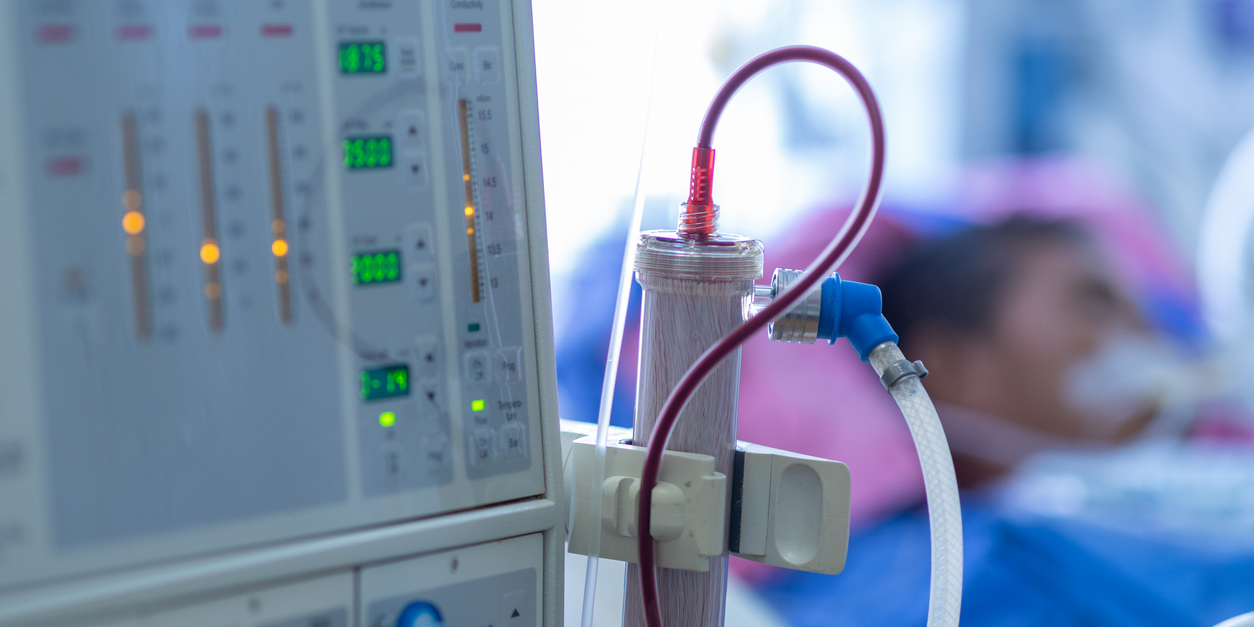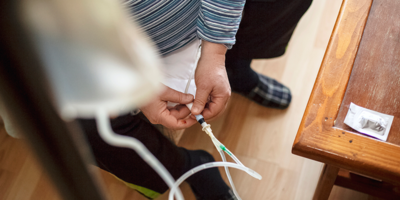
Early dialysis in the critically ill does not improve outcomes
SYDNEY, JULY 16 - Fast-tracking dialysis for critically ill patients with severe acute kidney injury did not lower mortality compared to standard treatment, according to the results of a major multinational trial published in the New England Journal of Medicine.
The trial, led globally by the Applied Health Research Centre in Toronto, Canada and by The George Institute in Australia, will help guide the management of these patients, according to Professor Martin Gallagher, Program Director Acute Kidney Injury and Trials at The Institute.
“Studying a large number of patients from many countries across different hospital settings gives us a degree of confidence that taking a more conservative approach to treatment may be warranted,” he said.
Acute kidney injury (AKI) is a sudden episode of kidney failure or kidney damage that causes a build-up of waste products in the blood and is associated with a high risk of death and long-term kidney damage. It is a common complication in patients admitted to intensive care units (ICU) and dialysis - where a machine filters the blood to rid the body of harmful waste products- is often needed.
However, Professor Gallagher said the best time to start this resource-intensive dialysis therapy remains uncertain.
“Starting too early could mean that this costly treatment might be used in patients who would have survived and recovered kidney function anyway. There are also risks associated with this intervention, so it was important for us to establish whether earlier initiation was beneficial,” he said.
The randomised controlled trial included over 3,000 critically ill patients in 168 hospitals across 15 countries with severe acute kidney injury in whom the treating doctors felt dialysis was an appropriate treatment.
Patients allocated to the accelerated-strategy were started on dialysis as soon as possible and within 12 hours of reaching the point where their treating doctor judged that dialysis was an appropriate treatment but was unsure of the optimal timing of the treatment.
In the standard-strategy, clinicians were discouraged from starting dialysis until one or more clinical criteria - such as elevated potassium, respiratory failure or fluid overload - developed.
- After 90 days of follow-up, there was no significant difference in mortality between the two treatment groups (43.9 percent in the accelerated-strategy versus 43.7 percent in the standard-strategy).
- 1418 patients (96.8%) in the accelerated-strategy and 903 (61.8%) in the standard-strategy received renal-replacement therapy.
- Among those who survived, just over ten percent in the accelerated-strategy group and six percent in the standard-strategy remained dependent on dialysis.
The study also measured patients’ quality-of-life and saw no differences between the two groups.
Low blood pressure and low blood phosphorus levels were the most common adverse events encountered. There was no difference in serious adverse events between the treatment-strategies.
Professor Gallagher said that the findings would help inform decisions about the appropriate management of these patients.
“This study gives clinicians confidence that, in patients with acute kidney injury where dialysis is appropriate but not urgent, waiting to start dialysis is likely to be safe and may reduce the need for this valuable but invasive treatment,” he said.








